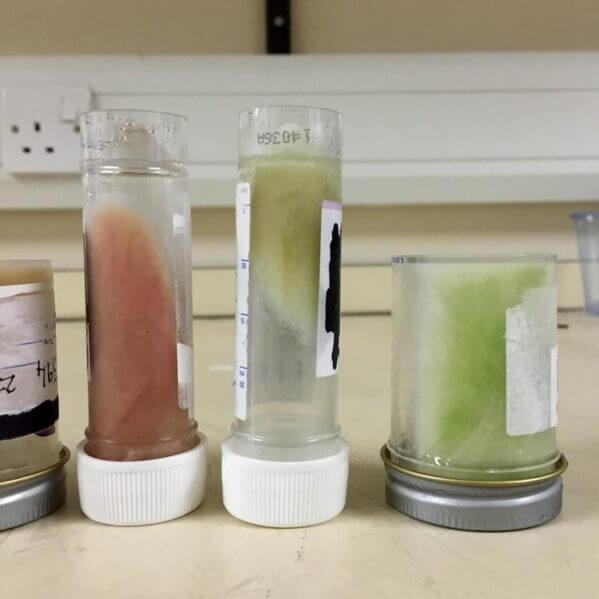The colour of the phlegm from patients with the lung disease bronchiectasis can indicate the degree of inflammation in their lungs and predict their future outcomes, according to new research presented at the European Respiratory Society International Congress in Milan, Italy.
The study of nearly 20,000 patients from 31 countries is the first time that the colour of phlegm (also known as sputum) has been shown to provide clinically relevant information that reflects prognoses and, therefore, can aid decisions about treatment.
Bronchiectasis is a long-term condition for which there is no cure. One or more of the tiny branching airways, known as bronchi, widen and this leads to a build-up of excess mucus that can make lungs more vulnerable to infection. Over time, this can lead to gradually worsening damage to the lungs. Causes can include having a lung infection such as pneumonia or whooping cough, cystic fibrosis, underlying problems with the body’s immune system that make the bronchi more vulnerable to infection, or aspergillosis – an allergy to a certain type of fungi that causes the bronchi to become inflamed if fungi spores are inhaled. Bronchiectasis is one of the three most common chronic inflammatory airway diseases (along with asthma and COPD); it is prevalent in between 67 to 566 per 100,000 inhabitants in Europe, North America, the UK and the USA, and it can affect people of any age, although symptoms do not normally develop until middle age.
Dr Megan Crichton, a postdoctoral researcher at the University of Dundee, UK, who presented the research, said: “One of the main characteristics of bronchiectasis is a productive cough, with almost three quarters of bronchiectasis patients producing sputum daily. When patients develop chest infections, their sputum colour darkens, and this colour change is due to a protein called myeloperoxidase or MPO, which is released from the inflamed cells; hence sputum colour can be used as a biomarker for inflammation.
“We know that the level of lung inflammation is important for long term health in bronchiectasis, so we wanted to know whether the sputum colour, when assessed when the patient is healthy with no chest infection, had any relationship to long-term outcomes such as lung function and frequency and severity of exacerbations.”
If our reporting has informed or inspired you, please consider making a donation. Every contribution, no matter the size, empowers us to continue delivering accurate, engaging, and trustworthy science and medical news. Independent journalism requires time, effort, and resources—your support ensures we can keep uncovering the stories that matter most to you.
Join us in making knowledge accessible and impactful. Thank you for standing with us!

